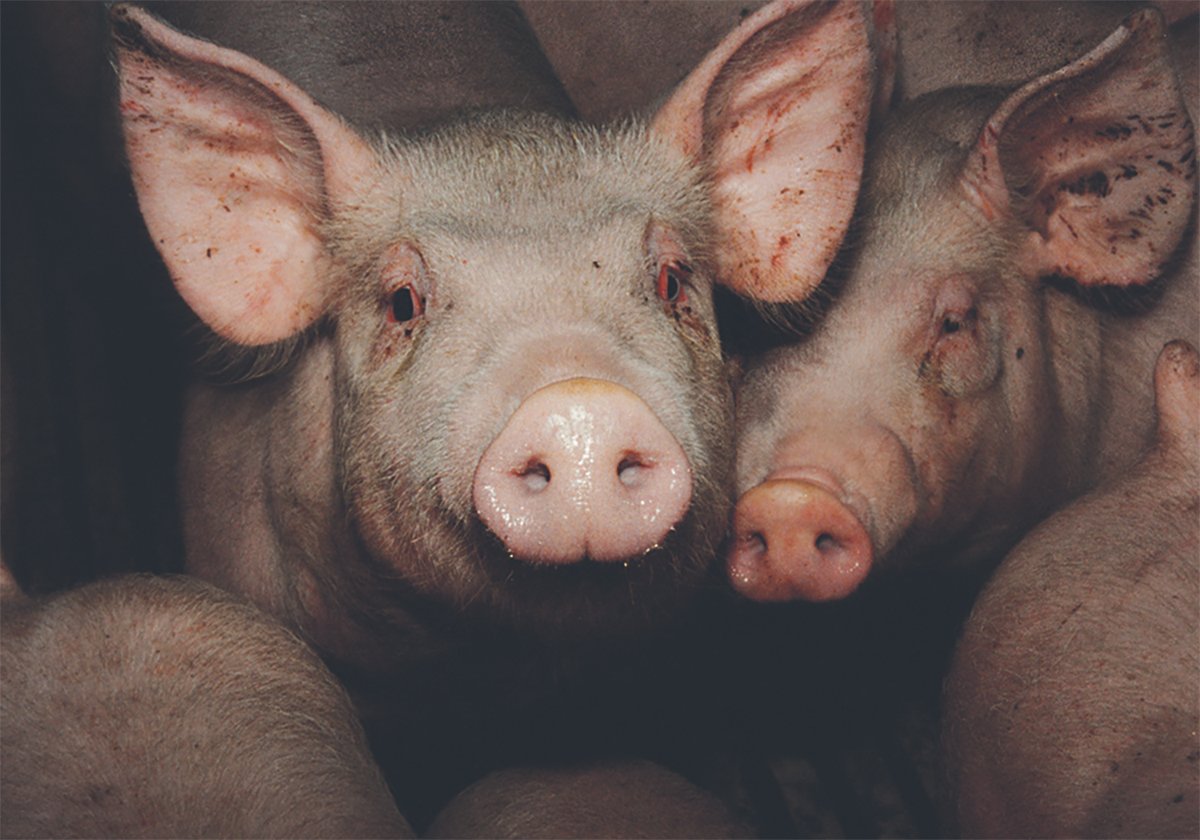Cattle producers say margins are generally tight, and attracting new entrants to the sector requires price stability
ARBORG, Man. — Manitoba Beef Producers wants to know if ranchers in the province are planning to expand their cattle herd.
And if not, why not?
MBP general manager Brian Lemon and other leaders of the commodity group have visited more than 14 Manitoba towns this fall as part of the organization’s annual regional meetings.
The headline item on the agenda has been increasing the size of Manitoba’s cow herd. As of July 1, the province had about 459,000 beef cows, based on Statistics Canada figures.
Read Also

The Western Producer Livestock Report – October 30, 2025
Western Producer Livestock Report for October 30, 2025. See U.S. & Canadian hog prices, Canadian bison & lamb market data and sales insights.
Ralph Eichler, the province’s agriculture minister, said this summer that Manitoba should dramatically expand its herd. He suggested a target of 750,000 beef cows in perhaps a decade.
Lemon wants to know if cattle producers support the idea, but many of the producers at a mid-November meeting in Arborg, in the province’s Interlake, were skeptical.
Darvin Firman, who farms north of Arborg, said growth doesn’t happen just because the agriculture minister says it’s a good idea. If ranchers have confidence and believe there is an opportunity, the herd will grow naturally, he added.
Another producer said he’s nearing the end of his farming career and has no interest in expansion.
Since older producers are un-likely to increase their herds, the industry needs new entrants and enthusiastic young ranchers to reach a target such as 750,000 beef cows.
Lemon heard similar comments at the other meetings in Manitoba, and one theme that constantly came up was profit stability.
With the exception of a couple of years, thin profit margins have been the norm in the beef sector in the last 10 to 15 years.
To attract new producers, the industry needs to show that it’s possible to make a “decent living in a predictable way,” Lemon said.
Dennis McMahon, a young producer from Inwood, Man., agreed that consistent profitability is key.
He has 50 cows and would like to increase to 150, but it will require capital.
“I’ve got to make the bank believe it’s profitable,” he said.
“There’s got to be a profit margin.”
Profitability may be critical but so is perception.
Betty Green, who farms near Fisher Branch, said the cattle sector doesn’t do enough to promote the opportunities in beef production.
Crop science companies are constantly talking to university students about careers in agriculture, but ranchers don’t do the same kind of outreach.
“We’re never there saying, ‘come on out, we’ll give you a chance to experience life on the farm,’ ” she said. “Maybe we need to be there a little bit more.”
Lemon said there is an image problem, but producers have a role in shifting that perception.
If young people hear only about the suffering and struggle of livestock production, the message will scare off new entrants.
“I’ve heard it said that we’re our own worst enemies in trying to attract the next generation,” Lemon said.
“ ‘It’s hard work but I enjoy it,’ is a different story than (hardship).”
The MBP asked producers to fill out a survey at the regional meetings to gather information on barriers to expansion and policies that might encourage growth.
Lemon said the provincial government would not be driving the expansion plan.
Eichler told the organization that the initiative must be “industry led.”















